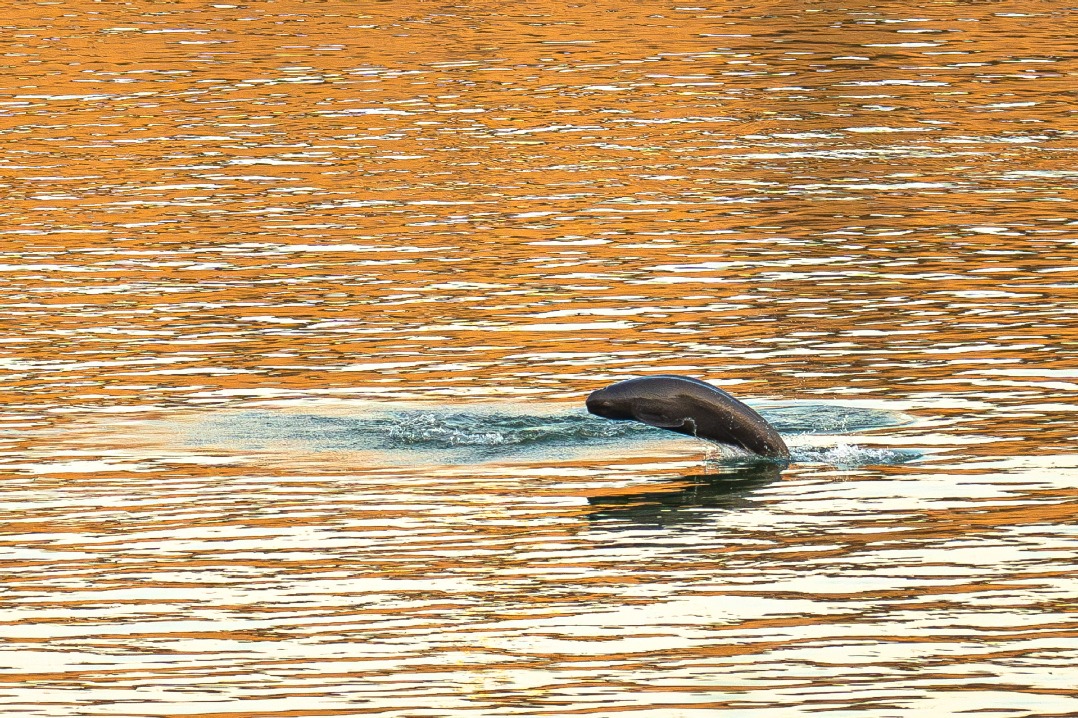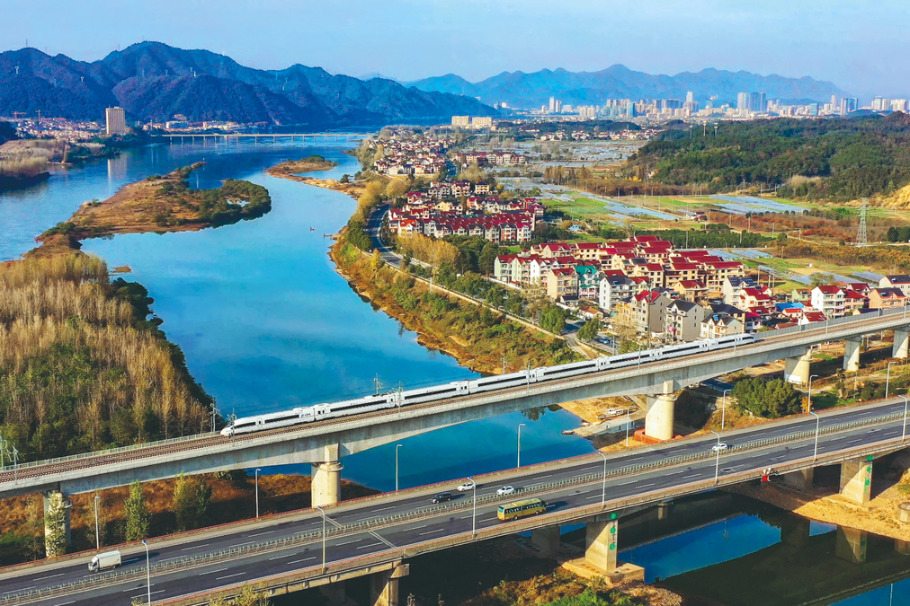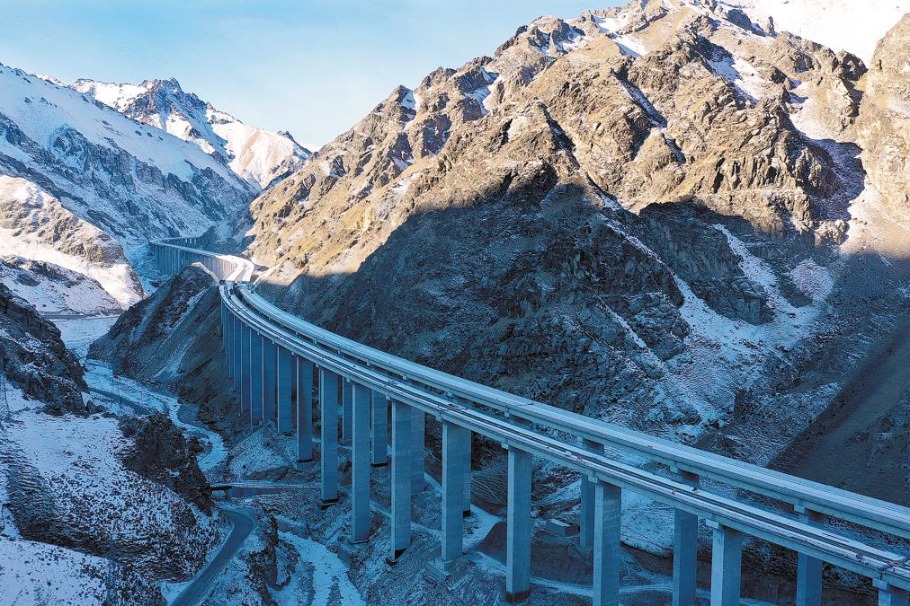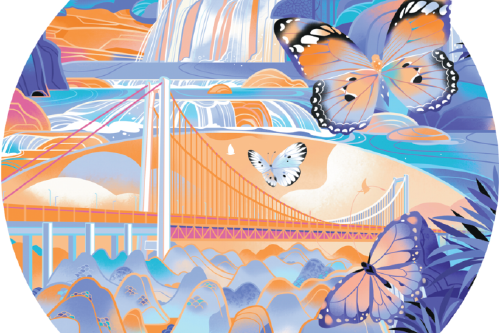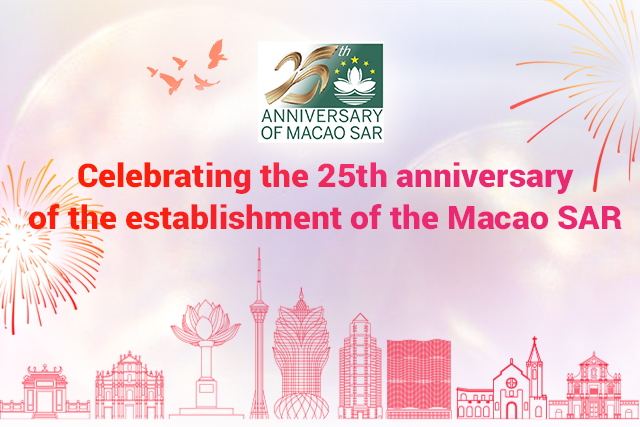Nyingchi - discovering a different side of Tibet
By Bruce Connolly | chinadaily.com.cn | Updated: 2018-01-31 06:53
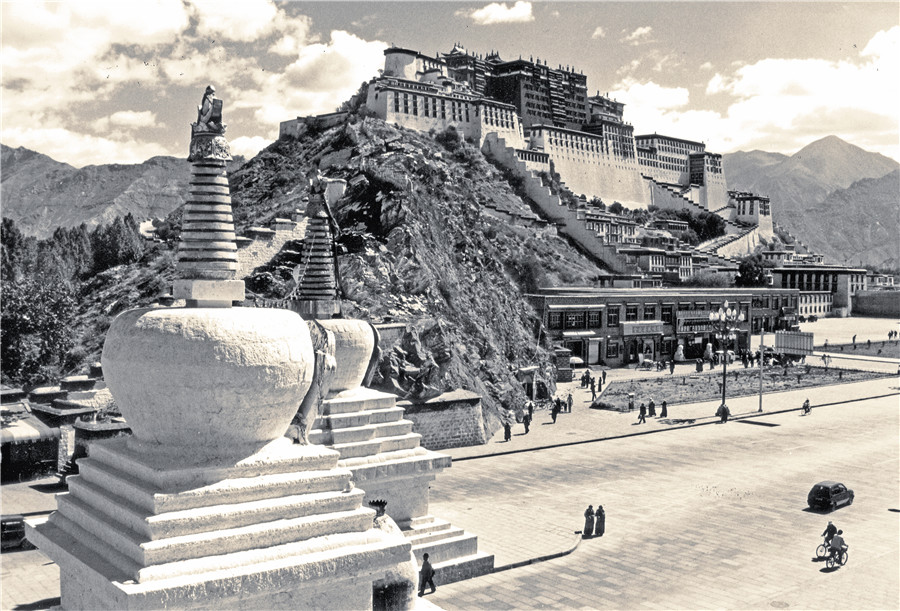
After Cuogaoxiang the road climbed though forests emerging at an altitude of 3,538 meters to a stunning view of a 18-kilometer-long Basum Tzo in the shape of a crescent. The emerald green waters reflecting a wealth of staggering 6,000-meter-high snow mountains holding vast swathes of dark forest below exposed sheer rock cliffs. The lake goes by several names including Cuogao (“green water”) and Draksum Tzo (“Three Rocky Mountain Lake”).
In 2001, the Basum Tzo area became a National Forest Park. The entire locale, both beautiful and tranquil, boasts textbook examples of glacial topography including hanging valleys, cirques, pyramid peaks and glaciers that supply clear, fresh water to the lake. The lake itself appears to have been the result of glacial gouging during colder times. The shoreline combines patches of farmland with lush natural vegetation. The waters, rich in fish, attract a range of bird life including sand gulls and white cranes, while the forests are home to bears, leopards, goats, musk deer and snow roosters.
Close to the southern bank near the outflow from the lake is small, delightful Tashi Island. Access in 2000 was by a log raft that was pulled along a wire rope to the island, 100 meters from the shore. Today a wooden causeway allows easy visitor access. Only around 2,000 square meters, Tashi is home to the Nyingma Sect’s wooden two-floor Tsodzong Monastery originating over 1,500 years ago. Many Tibetans come annually to circumambulate the lake, which is a holy lake for Nyingmapa Buddhism. Visiting the island, they light butter lamps, burn joss sticks and pray in the monastery before following clockwise a shore path adorned with many prayer flags.
A highlight was a cruise from the island on the calm waters by small boat for an hour, coming close into shore or sitting midlake while looking up at spectacular rocky peaks. It was also an experience staying overnight in a log cabin set within the forest overlooking the lake. With no nearby mechanical noise, the sounds of nature were all around. It proved a golden opportunity to reflect on this captivating part of Tibet. In 2000, only a few visitors passed through but with the passage of time, with new transportation routes developing, increasingly more tourists will experience Nyingchi. This is good for the local economy, but the task is to manage that growth in such a way that the physical and human diversity, the area’s main attractions, are managed sustainably to retain its attractiveness. Much of the area around Basum Lake and indeed Nyingchi is a pristine environment that matured over many centuries or longer. Such areas can be fragile, easily damaged by human intrusion. It can be challenging to find the correct balance.
By early morning, the sunrise was bathing a snow mountain in a reddish-pink glow -- a perfect end to discovering Nyingchi. Heading northwest back along Highway 318, increasingly the landscape was drier, trees were fewer and yaks grazed on plateau grasslands. Gradually the Potala Palace came into view. Lhasa!





